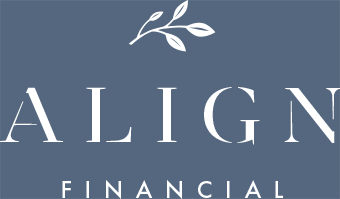Learning how to pay off debt as quickly and painlessly as possible is a list-topping financial goal for many of our clients — and with good reason. Getting out from under those interest-accruing loan payments can pave the way for financial freedom, not to mention easing the tension headache you get when you see that pile of bills start building.
But if you have multiple creditors (and who doesn’t), it can be difficult to figure out which debt should take priority. But the order you pay off debts in does matter, and figuring out your strategy can be a little tricky.
Here’s what you need to know.
The Debt Avalanche: Highest Interest Rate First
The go-to advice for a debt repayment strategy is to pick the loan with the highest interest rate and knock that one out first — which does make sense, when you think about it. If you’re busy funneling cash toward high-rate interest payments, it’s hard to get ahead on the loan’s principal… not to mention the other debts you’re working on.
Also known as the “debt avalanche” strategy, this repayment method involves making a list of all your debts in order of interest rate, tackling the highest one first, and working down the list from there.
But as much sense as this approach may make on paper, the world is rarely so simple. There are a few other factors to keep in mind when you’re figuring out your personal road to debt freedom!
Secured vs. Unsecured Debt
“Secured” debts are those that are tied to a physical asset, which the bank or lender can use as collateral. In other words, your mortgage and your car loan are both secured debts — and if you don’t pay them, those assets can get seized or repossessed, which means it’s a good idea to prioritize paying them. It’s pretty hard to focus on debt repayment of any sort while you’re being evicted!
“Unsecured” debt, on the other hand, is the kind that doesn’t have any collateral: personal loans and credit card debt are two common examples. Since the bank doesn’t have a physical asset to guarantee the return on their investment, the interest rates on these loans tend to be higher… but you also don’t have to worry about having anything taken away from you if you’re unable to pay.
Of course, letting unsecured debts fall delinquent can cause the account to go into collections, which may have serious impacts on your credit score (and also lead to an unending, irritating stream of letters and phone calls).
Consider the Snowball Method
As rational as the avalanche method may be, some people find it easier to start with their lowest debt total and move up from there. If you have an account you can pay off relatively quickly, the psychological payoff of achieving that goal can help motivate you to stick with your plan and knock out the rest of your debt — which is the logic behind the so-called “snowball method.”
Even so, there are certain types of debt that it might make sense to prioritize or push to the back burner, regardless of their interest rate or balance totals. For example, it might make sense to focus first on your car payment, since you’re paying interest on an asset that’s literally depreciating on the daily… and even if your mortgage is the largest debt, it’s likely got a lower interest rate (and the interest may be tax-deductible).
In other words…
It’s All About Nuance
Just like every other part of your financial life, figuring out the best debt repayment strategy for your needs is deeply personal. The right order will vary depending on what kinds of loans you have, what your long-term money goals are, and even your individual psychology.
One thing’s for certain: creating a comprehensive budget and getting all of your accounts visible in one place is a great starting point, and our favorite digital tool for that purpose is You Need a Budget. (No, they’re not paying us to say so — we just love the software that much!)
No matter where you are in your own debt repayment journey or where you hope to be in the near future, we can help you find the best way to put your money to work for you and help you achieve those financial goals. It’s all about aligning your wealth with your worldview — and we’re here to help!
Reach out today to learn more about how we can fashion a personalized debt repayment strategy for you.













